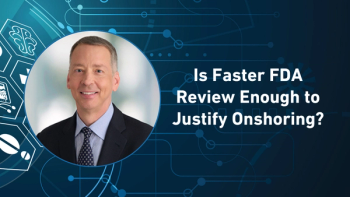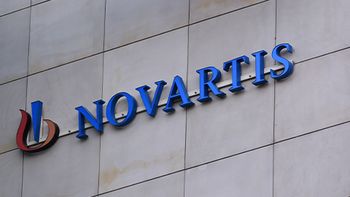
New adverse-events reporting service speeds results to payers
Adverse Events, Inc., finds a receptive client base among managed-care providers
The delivery of adverse event reports (AERs) to FDA is a mandatory obligation of manufacturers, and, generally, a voluntary action by physicians and patients. FDA collects them in an updated system called FAERS (FDA Adverse Event Reporting System), but it can take months for the data to be analyzed. A private company, Adverse Events, Inc. (AEI, Santa Rosa, CA) has been pulling the publicly available data and analyzing them through its own proprietary methodology, and, as a result of a recent Freedom of Information Act request, obtained over 57,000 reports that had not yet been publicly released. After its analysis (available
Brian Overstreet, founder and CEO, says that the company has gone through several evolutions since its founding in 2011. A service for the general public to file AERs has gone away, and interest from pharma manufacturers themselves has been lukewarm. Throughout, however, no one has challenged its methodology of data-mining the reports for safety signals. AEI has struck gold, of sorts, with a client base among payers and managed care organizations. “Everyone in healthcare is concerned with patient safety,” he says, “but when you can show a measureable cost to payers in eventual adverse-event incidents that will result in additional healthcare costs—that’s what gets their attention.” Some “forward looking” pharma companies are tracking his company’s development of its data services, he says, while others “wish we would go away.” Another benefit of the AEI service, he says, is that while FDA takes upwards of a year to release the AER data, AEI is now delivering a report in 30 days.
There is some irony here. FDA and other governmental entities are striving to make meaningful determinations about safety signals from medical data and AERs, notably through its Sentinel Initiative. Mini-Sentinel, a pilot project has just concluded a five-year run with some promising results, and a wish to shift its efforts to a new research initiative, IMEDS. Meanwhile, AEI is churning through the reports and selling data that, it says, payers find value in.
Newsletter
Stay ahead in the life sciences industry with Pharmaceutical Commerce, the latest news, trends, and strategies in drug distribution, commercialization, and market access.





